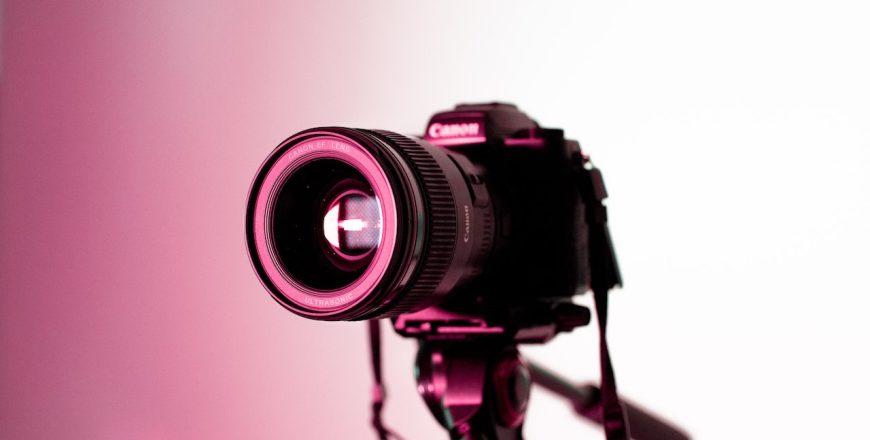
How to Light Your Photography Without Using a Flash
Lighting your photography properly is an important part of taking a great shot. Natural light varies with time of day and weather, so knowing how to use it is crucial to achieving the best results. Fortunately, there are a number of ways to light your photographs without using a flash. One option is to use the camera’s built-in flash, which can provide good exposure even in dimly lit situations. However, remember that direct flash may also burn out details, so bouncing the light will help prevent this.
Lighting is important because it determines the tone, texture and mood of an image. By controlling the light you use, you will be able to create the perfect atmosphere and achieve the perfect colour, tone and luminosity. Lighting is also important because it affects the composition of an image, so it’s essential to know how to distribute it properly.
When capturing photos of people, you should pay close attention to the way that the light hits the subject. It is important to remember that certain lighting techniques make different subjects look better than others. If you’re shooting a model with a full face, for instance, you should avoid using strobe lighting. Instead, you should use a natural light source that is at least 45 degrees from the subject.
You can also experiment with different light moods to capture different emotions and moods. A photo with a dark backlight will convey a different message than one that features a beautiful forest at sunrise. It’s important to note that the direction of the light also affects the emotion and mood of the subject, so it’s vital to get the proper lighting for the type of photograph you’re taking.
There are many ways to light your photography and create the best pictures. The key is to learn the basics of lighting and experiment with different lighting techniques. You can use soft or hard light, depending on the type of subject you’re photographing. Hard light is the opposite of soft light and will emphasize angles and non-flat surfaces while soft light will soften the features of your subject.
You can also use fill lights. These are lights that fill the shadows and can be exposed two or three stops below the key light. This way, the light will still capture fine details. And it will be easier for you to control the exposure of the fill light. And you can use multiple fill lights if need be.
Lastly, you can use color gels to make your images more vibrant and creative. They can be used for color correction or for creative effects, like changing the color of the subject. You can also use a blue gel to convert tungsten light to daylight. Additionally, you can use reflectors to enhance natural and artificial light. Using the right type of lighting is crucial for creating the best photos.
